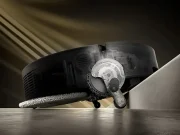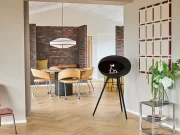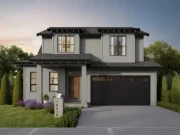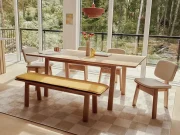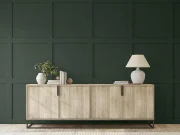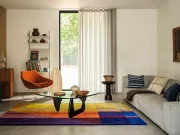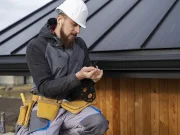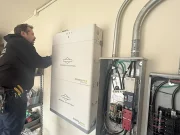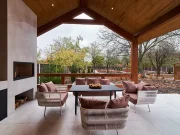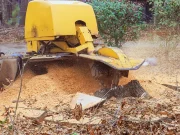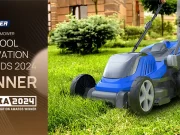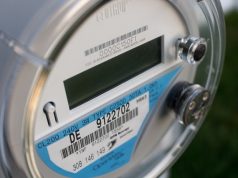It is about that time of year when we are shutting down the air conditioner and thinking about cranking up the furnace.
But while this can be a simple as flipping a switch from “Cool” to “Heat” that is not advised. Like any other pieces of equipment, your home’s HVAC system needs regular maintenance and upkeep to ensure that is not only operating efficiently, but is also operating safely.
The folks at Napoleon offer their tips to aid your transition from the hot summer through the cooler autumn and into the cold winter.
- Get an Inspection — The absolute first step. Have a professional come into your home and ensure everything is in working order. A professional can flag any potential problems, and could also advise on a replacement — if your furnace is on the verge of requiring an upgrade, now is the time to do it, not when it dies in the middle of a blizzard.
- Improve Your Home’s Air Quality — If a replacement is on the horizon, and with the world still battling through the COVID-19 pandemic, it would be wise to upgrade to a furnace that is the ultimate in keeping the air you breath clean and free of pathogens. Napoleon 9700 Series furnaces include a unique virus-killing sanitization system that kills all viruses and pathogens quickly. Utilizing the same technology as is used in hospitals, Napoleon’s HOMESHIELD™ system uses germicidal UV-C light to sterilize the air passing through the furnace, killing a viruses, bacteria and pathogens and stopping their spread throughout the home. It works silently 24 hours a day as the furnace heats, cools or circulates the air.
- Change the Furnace Filter — The filter keeps dust an allergens from spreading around the house. They should ideally be swapped out every three months, and the start of each new season is a great reminder to pull the dust-caked filter out and replace it with something new.
- Clean your Ducts — This should be an annual task. Your homes ducts are filled with dust and irritants, and every time air passes through the duct work, it spreads these particles throughout your home.
- Clear the Vents — Head outside and check where you furnace vents to the outside — these are likely PVC pipes coming from the area where your HVAC system is installed. Make sure they are clear of obstructions and that no critters have nested inside. A blockage here could cause a carbon monoxide scare in your home, and you don’t want that.
- Check the Batteries — Ensure you have fresh batteries in any carbon monoxide detectors and smoke alarms in your home. It is also a good time to put fresh batteries in your thermostat; you don’t want that conking out on you in the middle of a snap freeze.
For more information, please visit www.napoleon.com.


